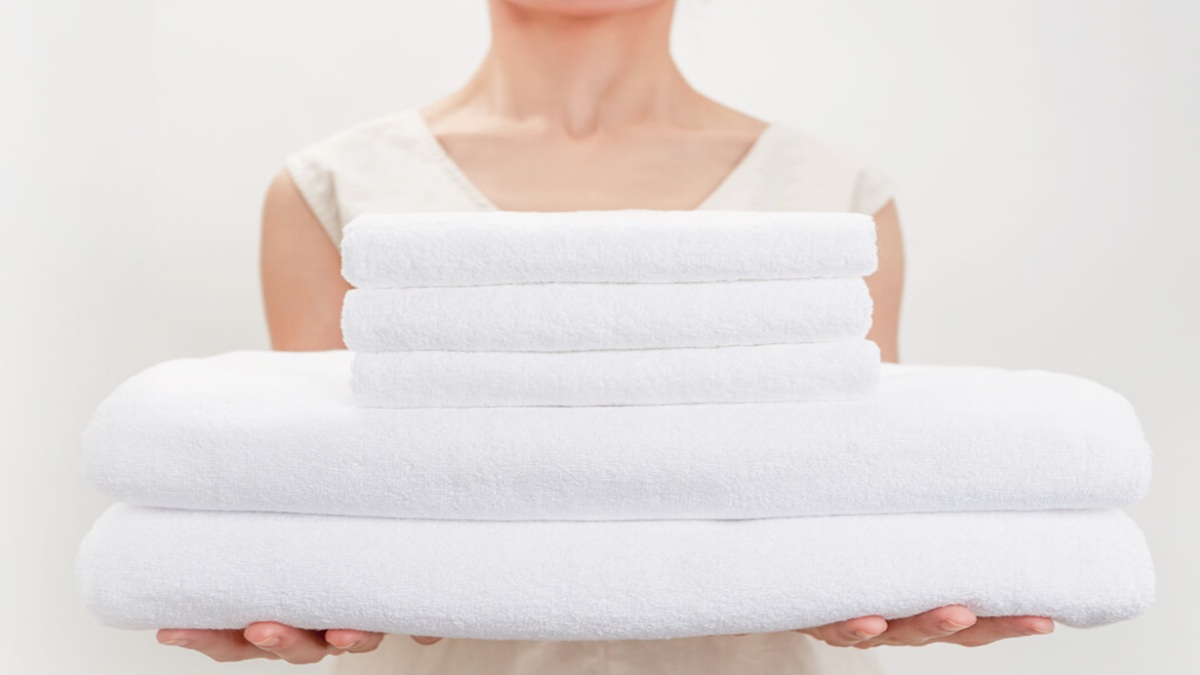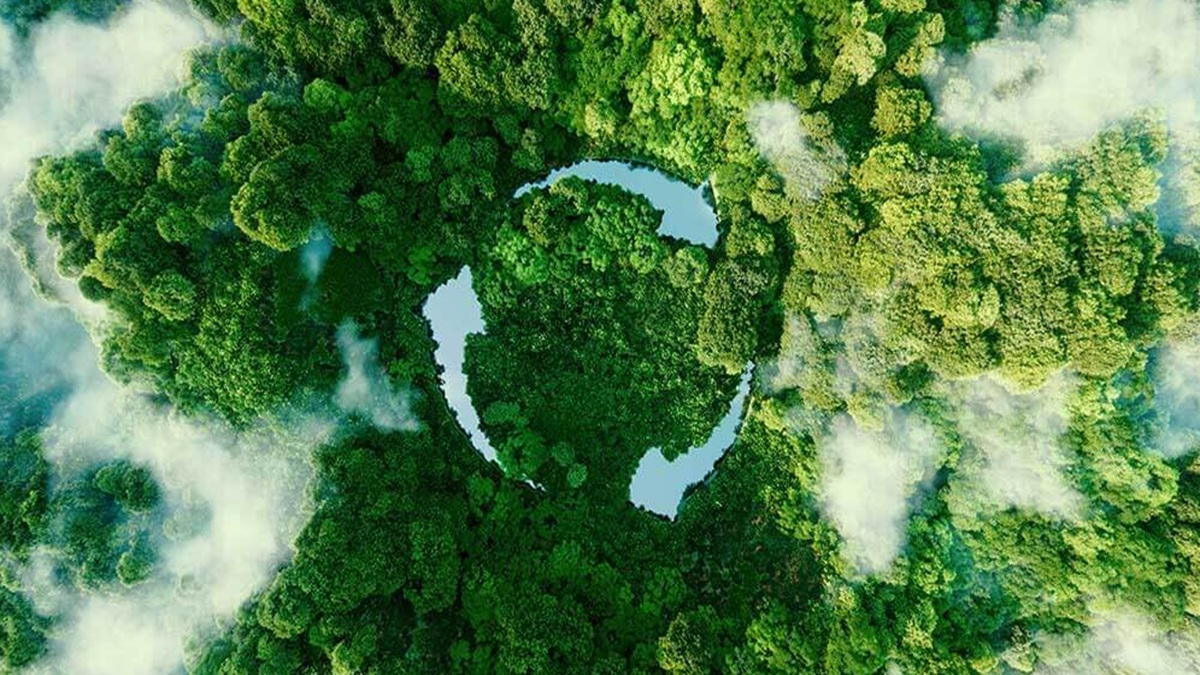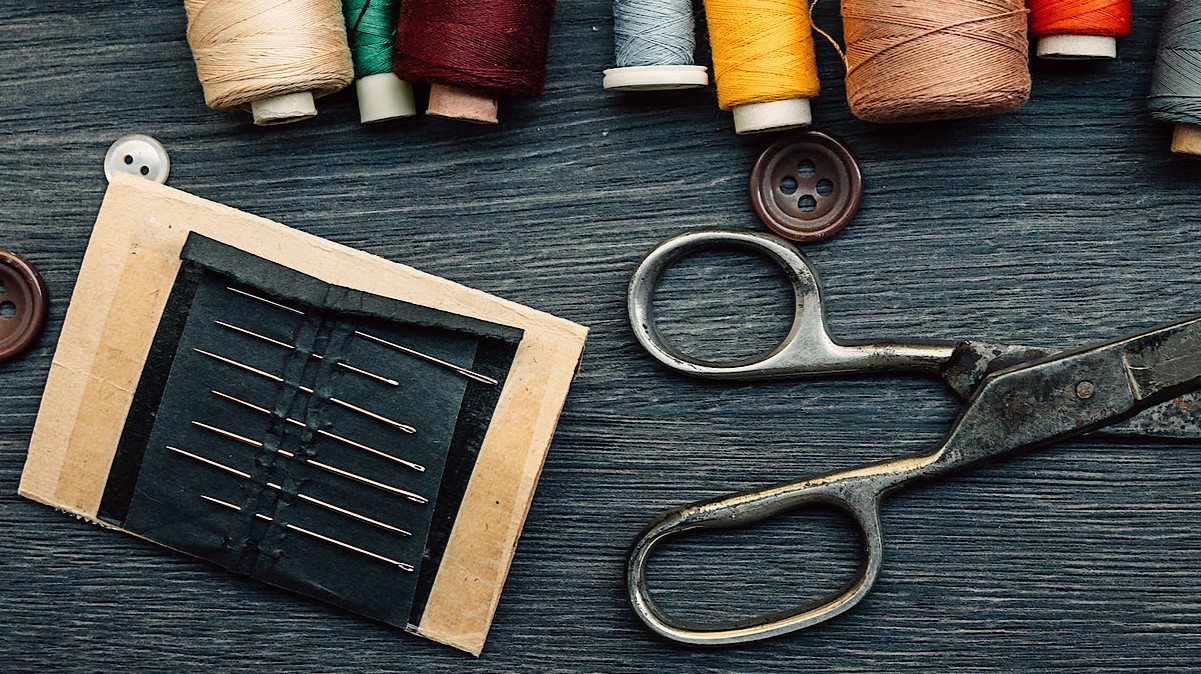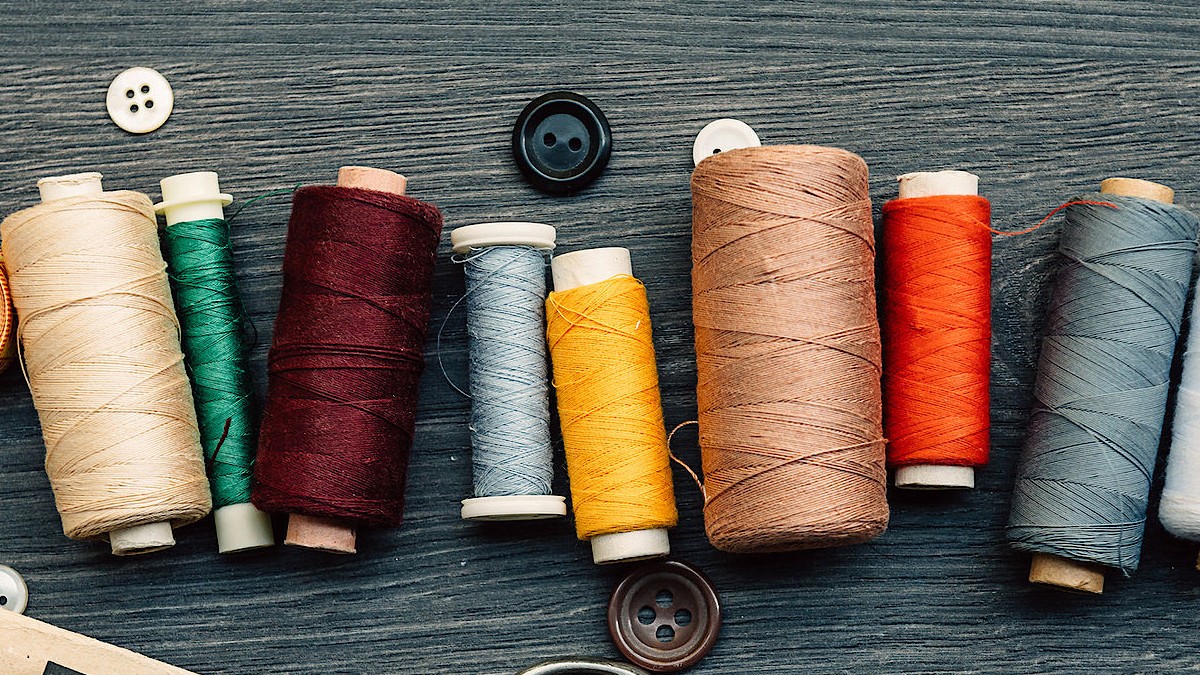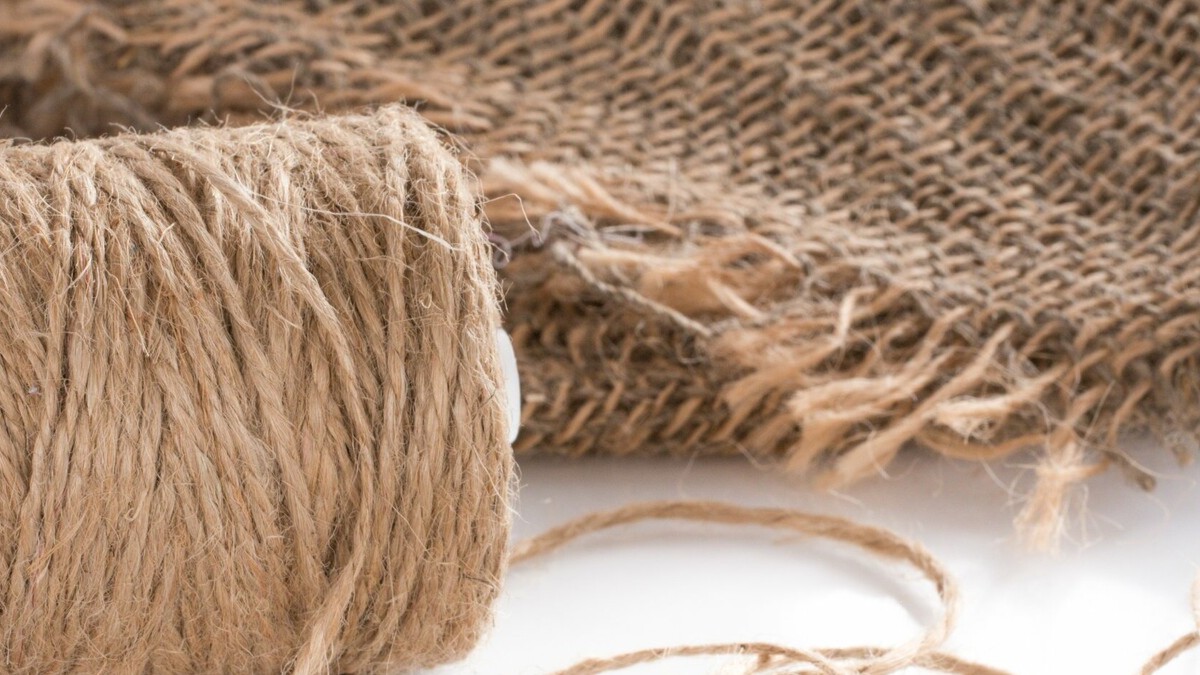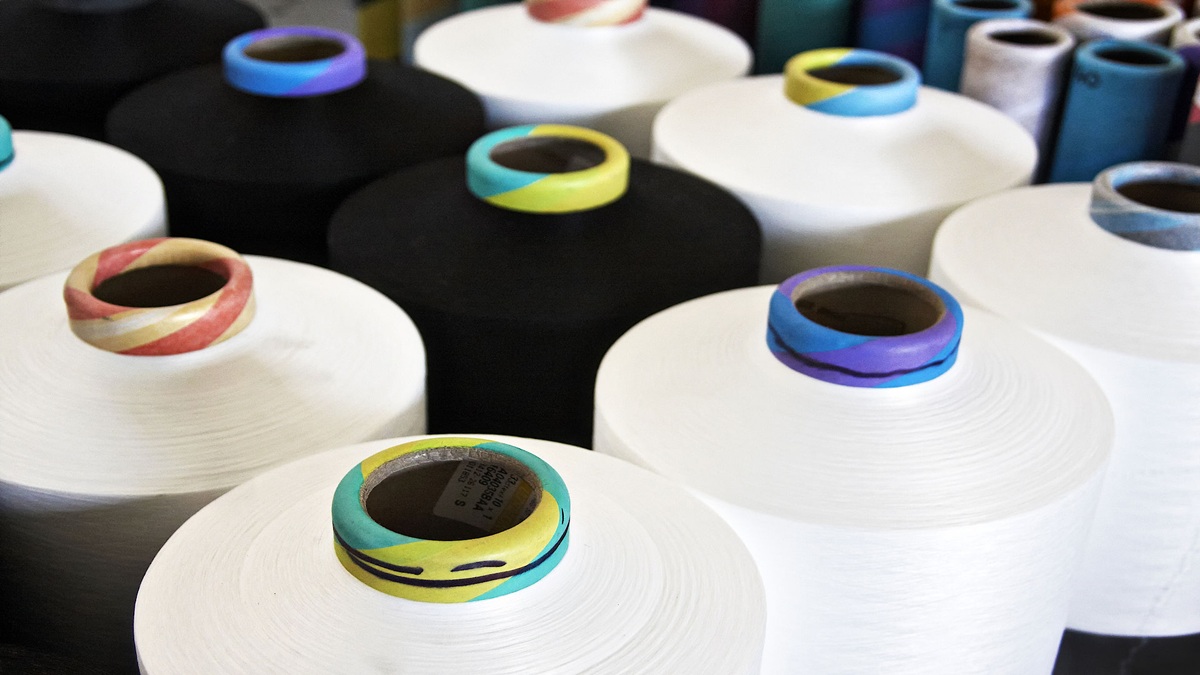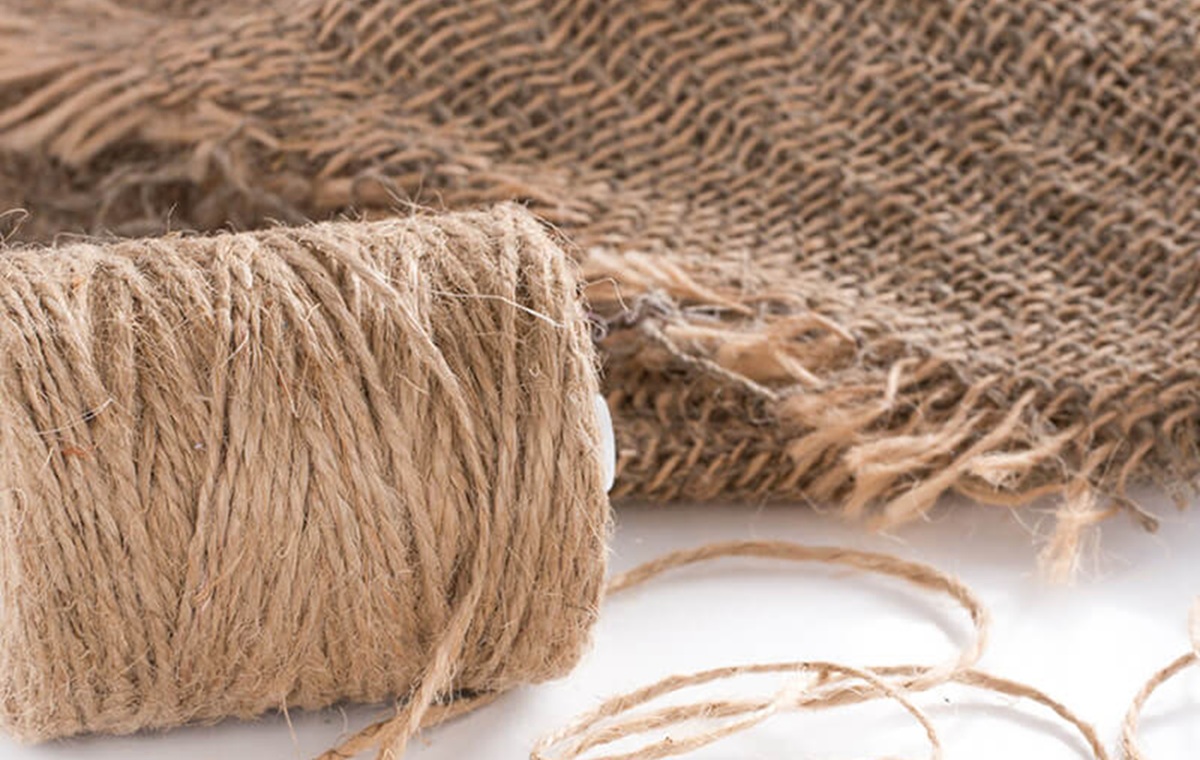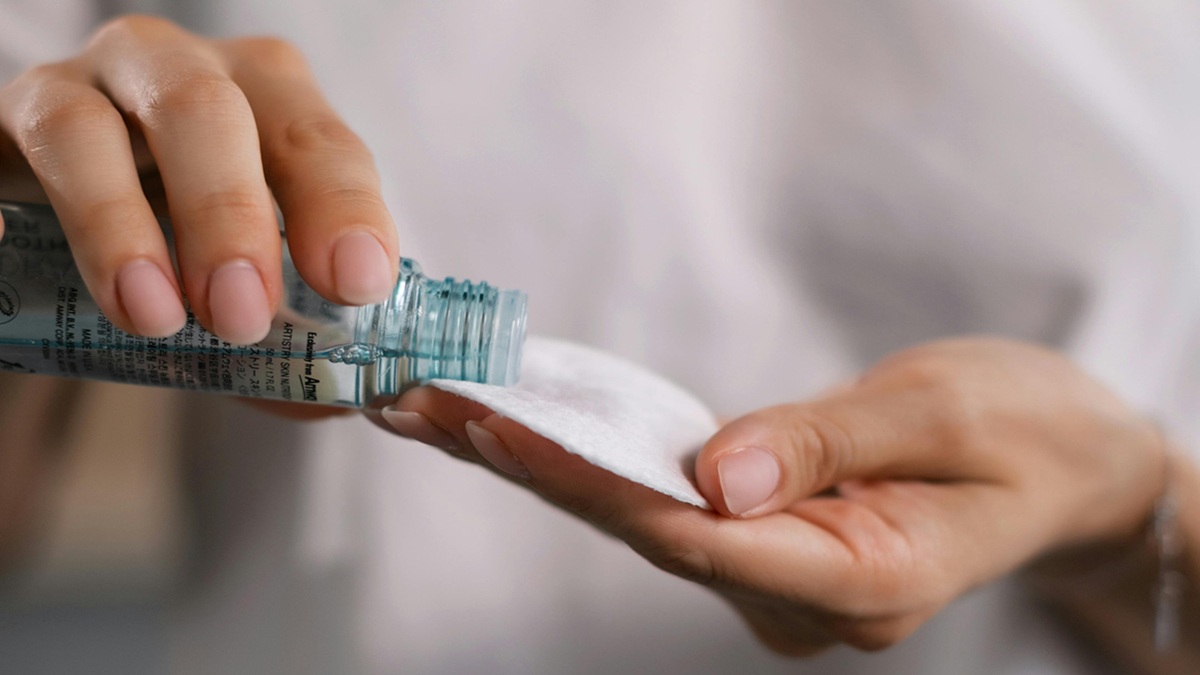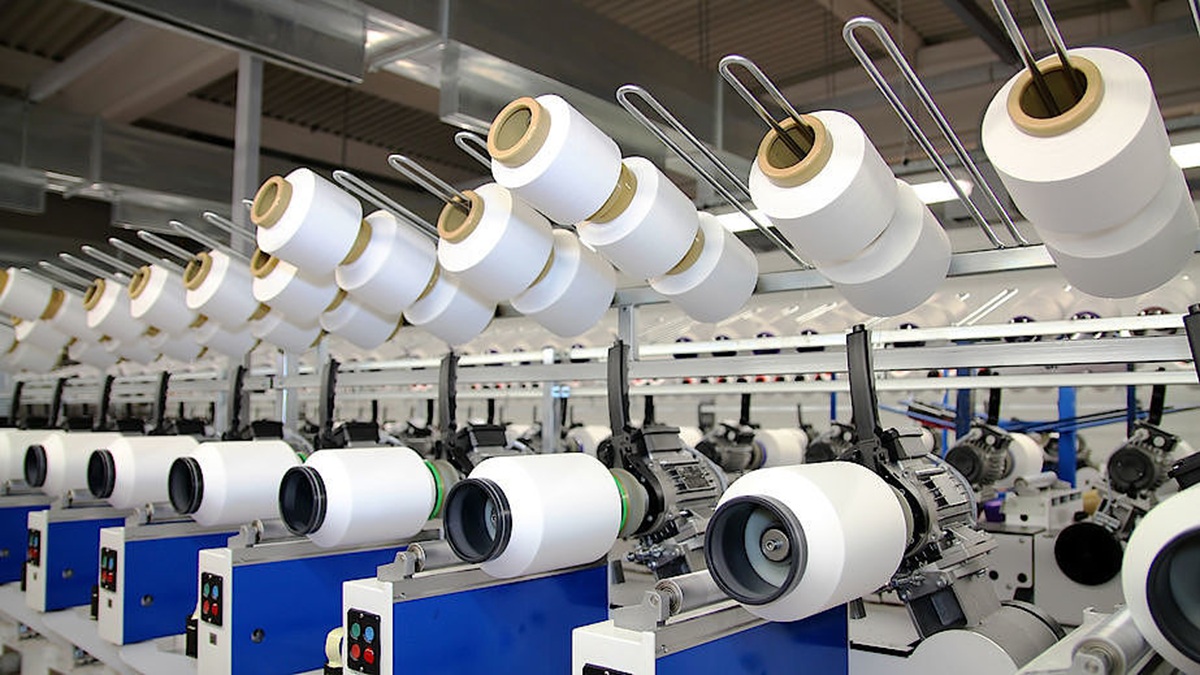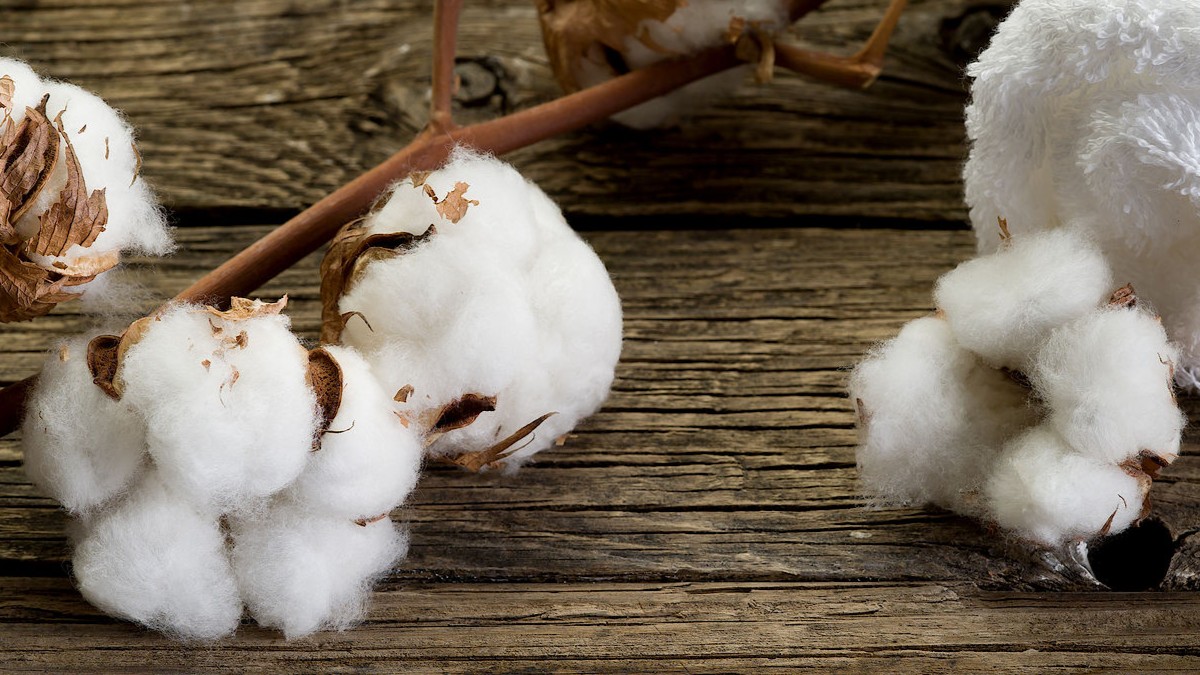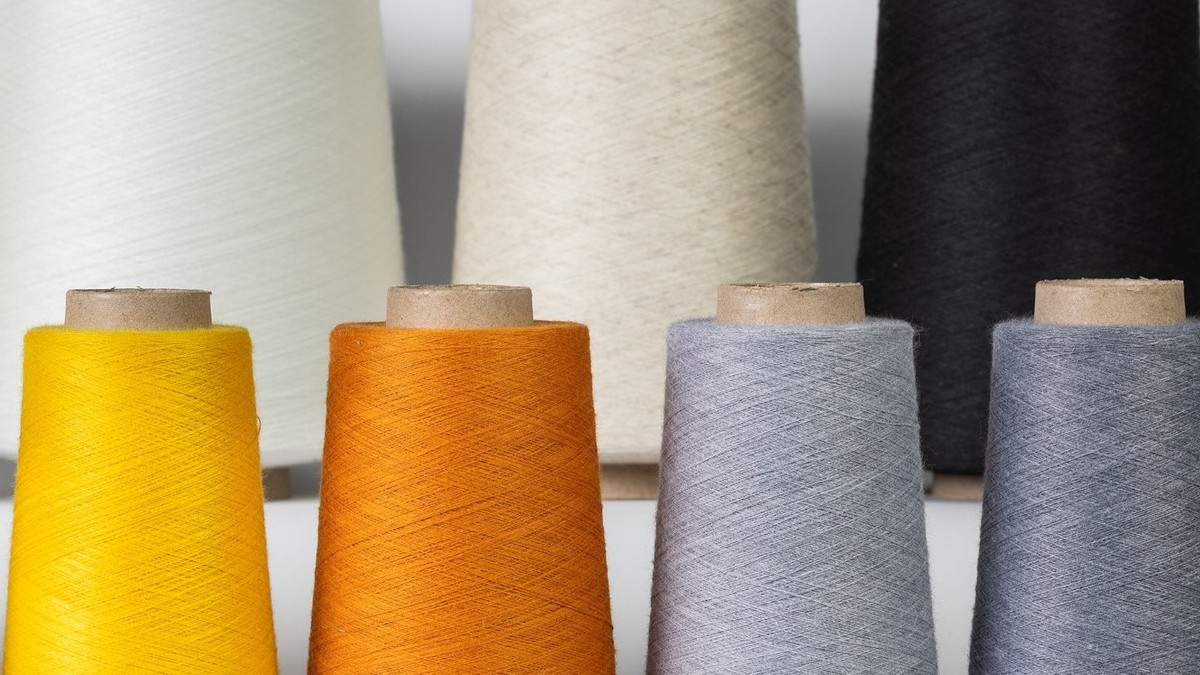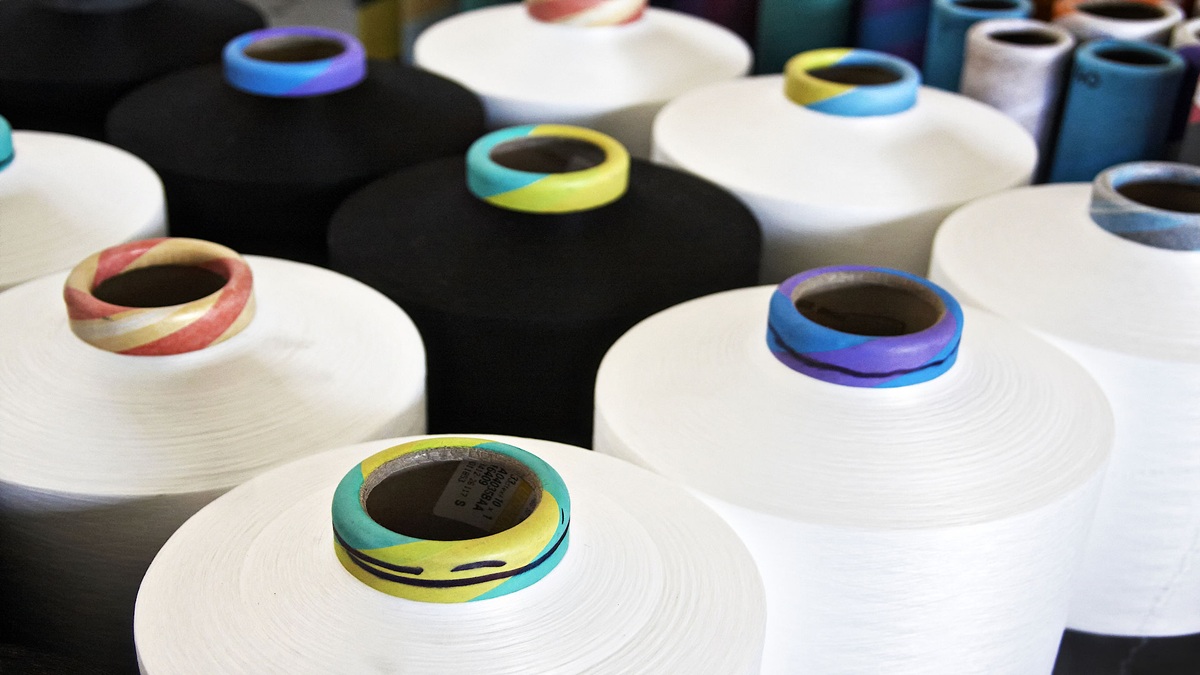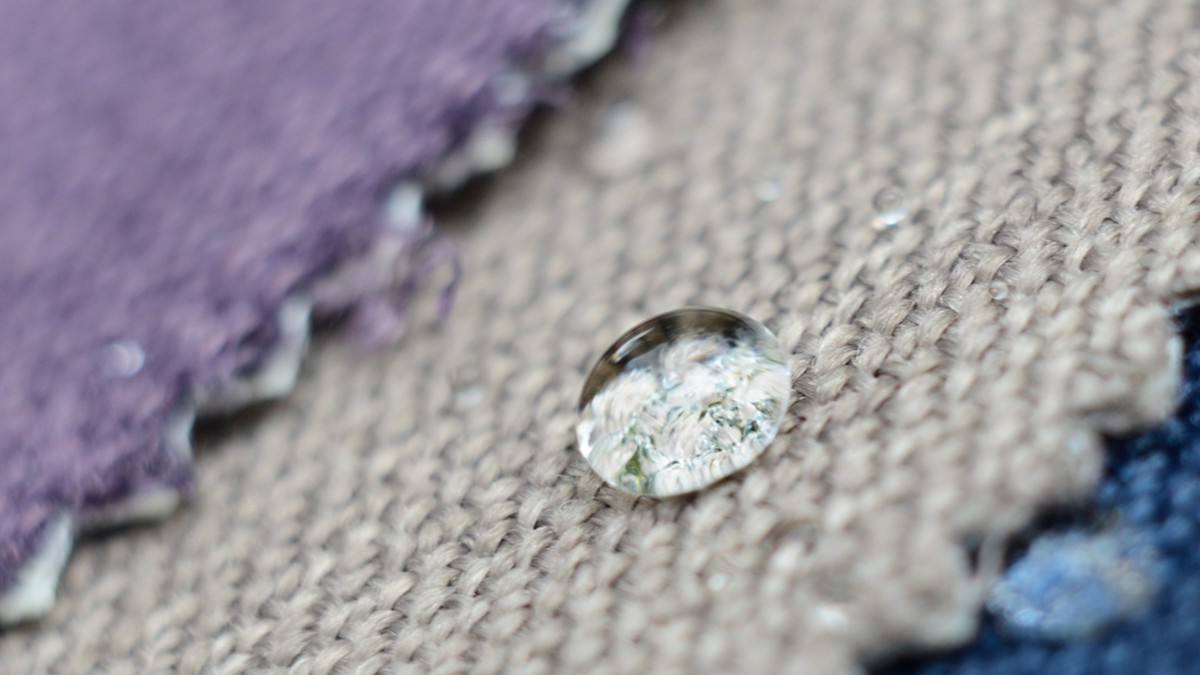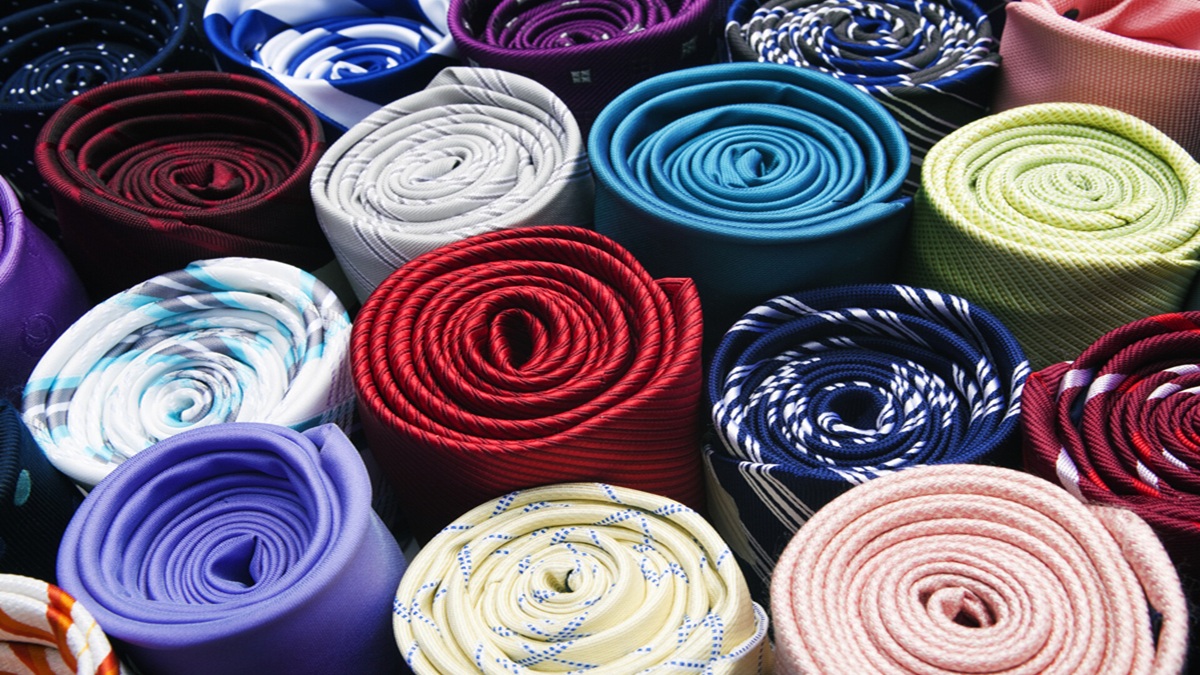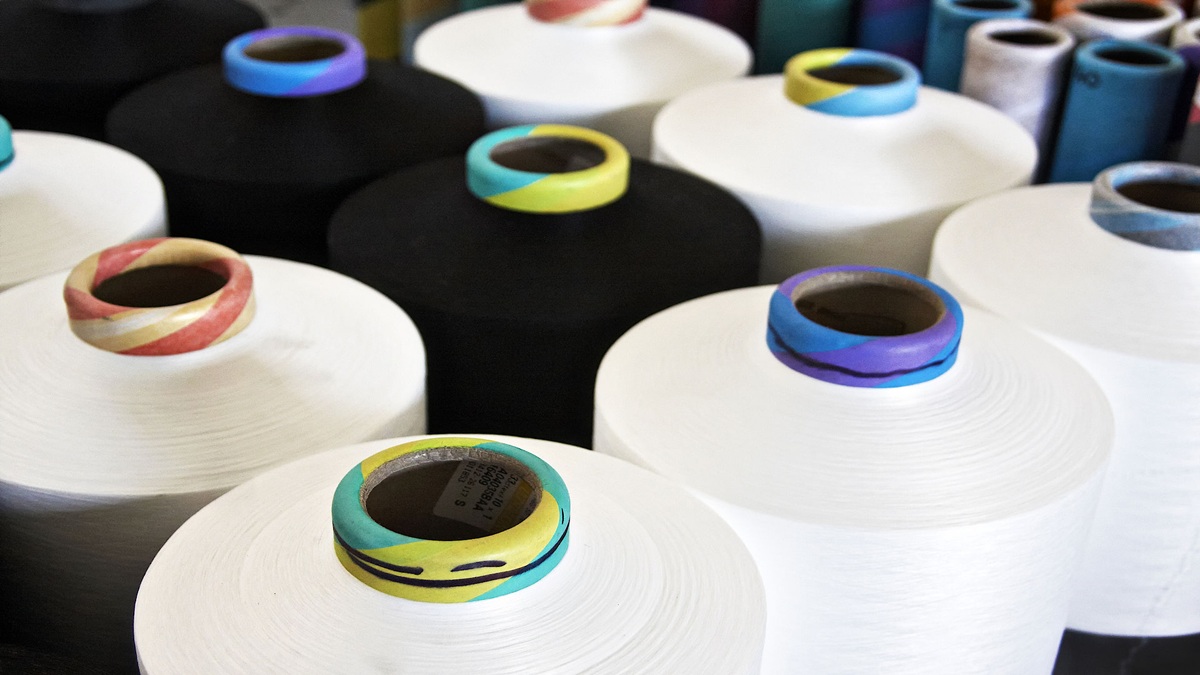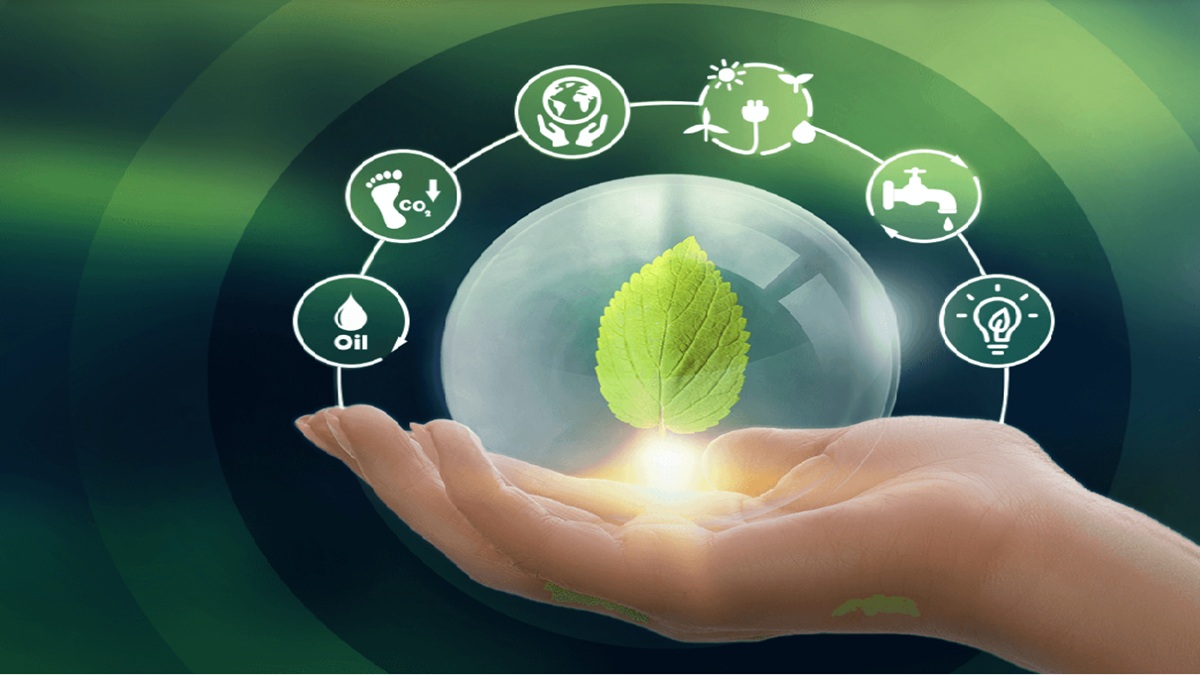- Showing results for
- Textiles, Fabrics & Fashions
Towels are no longer just everyday items. As corporations and brands raise their standards for health, environmental responsibility, and professional image, traditional towels can no longer meet diverse demands. This has led to the rise of functional towels, which not only boost product utility but also create new opportunities for businesses to achieve marketing differentiation and customized partnerships. Founded in 1992, HONG CHI Enterprise Co., Ltd. has led this market revolution with its GRACE TOWEL brand, driving a new wave of evolution in Taiwan's towel industry.
2025-08-26 09:11:23
The global textile industry is riding the dual wave of sustainable transformation and diversified market demands. Brands are increasingly seeking high-performance fabrics while placing great emphasis on eco-friendly manufacturing processes and product differentiation. Yichun Textile Co., Ltd., founded in 1988, leverages its more than thirty years of rich professional experience to combine green innovation and customized manufacturing as its two core strengths. The company is fully committed to providing global clients with textile solutions that offer exceptional functionality, sustainable value, and market competitiveness.
2025-08-25 14:28:35
Textile materials come in a wide variety, with significant differences in their properties. Different applications have distinct requirements for these properties. For example, in the apparel sector, comfort, aesthetics, and a soft touch are top priorities; in the medical field, hygiene, protection, and resistance to high temperatures or chemicals are emphasized; while in the industrial sector, durability, strength, and special functionalities such as flame retardancy or conductivity are critical. This article aims to compare the application differences of textile materials in the apparel, medical, and industrial fields, exploring selection principles and providing a reference for industry and research.
2025-08-22 12:13:21
The textile industry has always been one of the most globalized sectors, with raw materials often crossing multiple borders before reaching the apparel market. However, in recent years, growing geopolitical uncertainties—most notably the U.S.–China trade war and the Russia–Ukraine conflict—have created unprecedented challenges for textile supply chains. Trade frictions between the U.S. and China have restricted exports of cotton and fabrics, forcing brands to reassess sourcing strategies. Meanwhile, the Russia–Ukraine war has driven up energy and chemical raw material prices, indirectly raising costs for synthetic fibers such as polyester and nylon. Together, these factors are pushing the global textile industry to rethink supply chain resilience and its future trajectory.
2025-08-21 16:03:11
Fabric quality not only determines the appearance of clothing but also affects durability, comfort, and wearing experience. For consumers, good fabric reduces issues such as pilling, deformation, or fading. For fashion brands and buyers, consistency in fabric quality directly impacts product reviews and return rates. The lifespan of a garment often depends on choosing the right fabric from the very start.
2025-08-21 14:51:08
The global textile industry landscape is undergoing a rapid transformation. Southeast Asia, with its unique cost advantages, policy support, and industrial upgrades, is emerging as a new supply chain hub. As international brands actively diversify their production bases, key countries like Vietnam and Indonesia are becoming hot spots for foreign and technological investment. This article will delve into the driving forces behind the rise of the Southeast Asian textile industry, analyze the current production status and investment trends of major countries, and examine the challenges and future development directions of the industry, helping businesses seize new opportunities in the restructuring of the global supply chain.
2025-08-21 11:37:25
In the first half of 2025, global sea freight and logistics costs have begun to stabilize after experiencing dramatic fluctuations caused by the COVID-19 pandemic. Although overall freight rates remain higher than pre-2019 levels, the significant easing of logistics bottlenecks has provided textile exporters with a more stable and predictable shipping environment, injecting new growth momentum and market opportunities into the industry.
2025-08-21 11:07:47
Since the second quarter of 2025, international cotton futures prices have shown a significant upward trend, creating ripples throughout the global textile supply chain. In the face of this unprecedented market shift, textile companies are grappling with immense cost pressures and operational challenges. This article aims to provide a deep dive into the current state and underlying causes of this cotton price surge, its far-reaching impact on the industry, and offer concrete, actionable strategies and future transformation directions to help businesses effectively manage risk and maintain a competitive edge.
2025-08-20 14:38:50
Founded in 2000, Fone Tai Enterprise Co., Ltd. is headquartered in the Longjing Industrial Zone of Taichung, Taiwan, with an extensive network of partners across northern, central, and southern regions. Since its inception, the company has adhered to the philosophy, “To achieve remarkable craftsmanship, one must dedicate diligent effort.” Under the leadership of founder and current Chairman Chao Shih-Jung, Fone Tai has leveraged deep industry knowledge and innovative R&D to gradually build world-class fabric products and a professional technical system.
2025-08-19 11:59:56
In today’s textile industry, with the growing awareness of environmental protection, sustainable development and eco-friendly materials have become mainstream trends. This fabric for sports support and rehabilitation braces is designed for long-term wear, providing exceptional comfort while offering excellent breathability. Its breathable properties effectively keep the skin dry, reducing odors and bacterial growth, ensuring the freshness and hygiene of the wearer.
2025-08-18 15:16:19
As skincare routines become increasingly refined, makeup removal products are no longer secondary tools used solely for eliminating cosmetics. Instead, they have become the first line of defense for skin health, anti-irritation performance, and the sensory experience of daily rituals. The material composition and structural engineering of removal substrates—such as cotton pads, cleansing cloths, and wipes—are undergoing continuous optimization. The industry is shifting from simple absorbent functions toward advanced development that combines low friction, minimal residue, enhanced skin compatibility, and environmental sustainability.
2025-08-18 14:21:10
Cotton is one of the most important natural fibers in the world, used in everything from T-shirts and jeans to bed sheets and duvet covers. For the textile industry, cotton is like a key ingredient in a restaurant kitchen—its cost accounts for a significant portion of production, and its quality and price directly impact the final product. In recent years, fluctuations in cotton prices have forced textile and apparel manufacturers worldwide to closely monitor the market, as even small price changes can affect annual profits.
2025-08-15 15:06:42
Historically, the global textile industry relied on mass production and economies of scale for low-cost manufacturing. However, as consumer demands become increasingly diverse and dynamic, small-batch, high-mix production and fast delivery have become the market mainstream. Taiwan, with its complete and advanced textile supply chain and high-end functional fabric technology, has long demonstrated competitiveness on the international stage. Facing global supply chain restructuring and the fast fashion trend, Taiwan's textile industry is actively pursuing a digital and localized transformation. The goal is to build a flexible, responsive agile supply chain, making manufacturing a sustained competitive advantage.
2025-08-14 14:58:50
Although fabric may seem like an ordinary item in our daily lives, its creation involves complex and highly precise processes. From cotton grown in the fields to synthetic fibers produced in factories, each raw material carries unique properties and purposes. Whether it’s the light, airy touch of a shirt or the high protective performance of medical textiles, behind it lies a production chain that spans agriculture, chemistry, and engineering.
2025-08-13 14:54:34
In recent years, the European Union has introduced a series of new regulations on sustainability and the circular economy, with the textile industry being one of the key areas under scrutiny. These regulations not only change how products are designed and manufactured, but also reshape collaboration models across global supply chains. For Taiwan’s export-oriented textile sector, this means accelerating the pace of sustainable transformation in order to remain competitive in the European market—while turning challenges into opportunities for brand and technological upgrades.
2025-08-12 15:28:21
Textile fiber is the fundamental element that determines fabric performance and product suitability. Whether you are a designer, manufacturer, or consumer, understanding the unique characteristics of different fibers and their suitable applications is crucial for precise material selection and informed purchasing. This article will systematically introduce the applications of major natural and synthetic fibers and explain how blending them can overcome the limitations of single fibers, providing versatile functional solutions and helping you build a comprehensive knowledge base of textile applications.
2025-08-12 11:55:48
Lotus leaves after rain shed water droplets without a trace; delicate spider silk is stronger than steel. These are not coincidences but exquisite designs evolved by nature over millions of years. The textile industry is learning from this great designer—nature itself—through biomimicry, transforming natural wisdom into fabrics that perform better and are more eco-friendly.
2025-08-11 14:08:16
Every textile product tells a story about its fibers. Its appearance, feel, and performance are all intricately linked to the textile fibers that make it up. Understanding the physical properties (e.g., strength, elasticity) and chemical properties (e.g., moisture absorption, heat resistance) of fibers is key to grasping the core value of a textile product. This article aims to systematically dissect the secrets of natural, man-made, and innovative fibers, building a comprehensive knowledge system for readers.
2025-08-08 11:36:26
From initial fabrics to smart textiles integrated with modern technology, apparel is no longer merely for covering and decoration. Instead, it is gradually transforming into an intelligent partner capable of sensing its environment and its user. This quietly emerging textile revolution is redefining our perception and expectations of "wearable" products. This article will deeply explore the definition of smart wearables and their revolutionary aspects, analyze their cutting-edge applications in the field of health and medicine, and look forward to their future development and the challenges they face, revealing how smart textiles are reshaping our lifestyle.
2025-08-08 10:24:23
Against the backdrop of rising global awareness of environmental sustainability and continuous advancements in textile technology, the textile industry is entering a critical phase of transformation and upgrading. Acelon Chemicals & Fiber Corp., as a key driver of Taiwan's textile industry, continues to lead industry development with innovative high-performance yarn technology, while actively implementing environmental and sustainable principles. We are committed to providing textile solutions that are both high-performing and eco-friendly. The following will introduce Acelon's core advantages, product features, and applications, and look ahead to its vision of helping the industry move towards a green future.
2025-08-07 15:15:22
Agree

